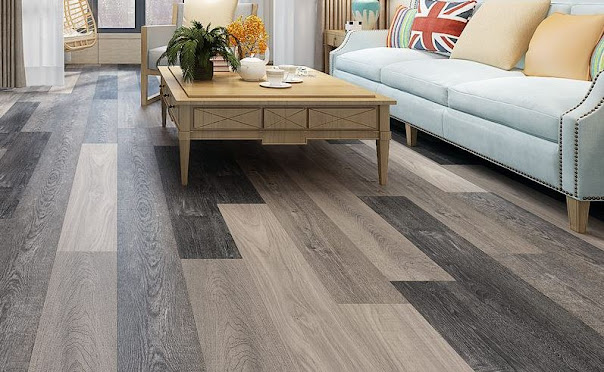How To Install Laminate Flooring That Is A Great Option For Anyone Who Wants To Save Time And Money?
Laminate Flooring is a great option for anyone who wants to save time and money by installing a low-maintenance floor. It’s easy to clean, resistant to water and staining, and hygienic, meaning it’s ideal for kids, pets, and allergy sufferers.
Durability
The outer layer of most Laminate Flooring is manufactured using a combination of melamine resins and aluminum oxide at high heat and pressure, which makes them durable and resistant to moisture damage. They also have a locking system that prevents them from coming apart under heavy foot traffic, and many reputable manufacturers offer 10 to 25-year warranties on their finishes.
Style & Color
There are thousands of laminate options available, so it’s easy to find the perfect wood look for your home. Some styles mimic hardwood, while others have more unique colors and finishes, like beveled, distressed, or highly textured surfaces.
Easy Installation
As long as you follow the manufacturer’s instructions, laminate is an easy DIY project that doesn’t require professional help or the use of special equipment. But if you’re a novice, it’s wise to hire a pro to handle this job for you.
Installing Laminate
The first step in installing Laminate Flooring is to install a protective underlayment over the entire subfloor. This dense foam acts as a sound absorber and bridges gaps between the planks. It’s important to use an underlayment that is at least 1 foot longer than the length of the room.
Next, cut the first row of planks to fit the room and lay them across the underlayment. Make sure to leave a 3/8-inch gap between each plank for proper installation. Once you’ve finished the first row, use the remaining planks to start the next row and continue this process until the entire room is complete.
Staggering seams
To create a more natural look and increase stability, stagger the seams of each row. This is easy to do by laying the next plank with its tongue facing the wall and aligning it into the groove of the first plank. Then, press down and snap it into place.
Achieving a perfectly level surface
Before you begin installing your laminate, check the subfloor for any unevenness and apply a self-leveling compound to correct it. You may also need to sand or grind any peaks that are too large for your hand tools.
If you’re not sure how to sand or grind a ridge or peak, you can ask your dealer for advice. A reputable laminate flooring company can provide you with a handy sanding guide to ensure the floors are perfectly flat.
Glue Problems
When installing laminate, it’s important to ensure that the glue is properly bonded to the subfloor. If it’s not, the boards can buckle over time and develop raised joints in the middle. If the glue is causing problems, it’s important to remove the faulty glue and replace the boards.
Improper Acclimatization
Before you begin laying your laminate, it’s vital to allow the flooring to acclimate in the room for at least 48 hours. This will help the planks acclimate to the temperature and humidity in the area, minimizing potential problems.




Comments
Post a Comment